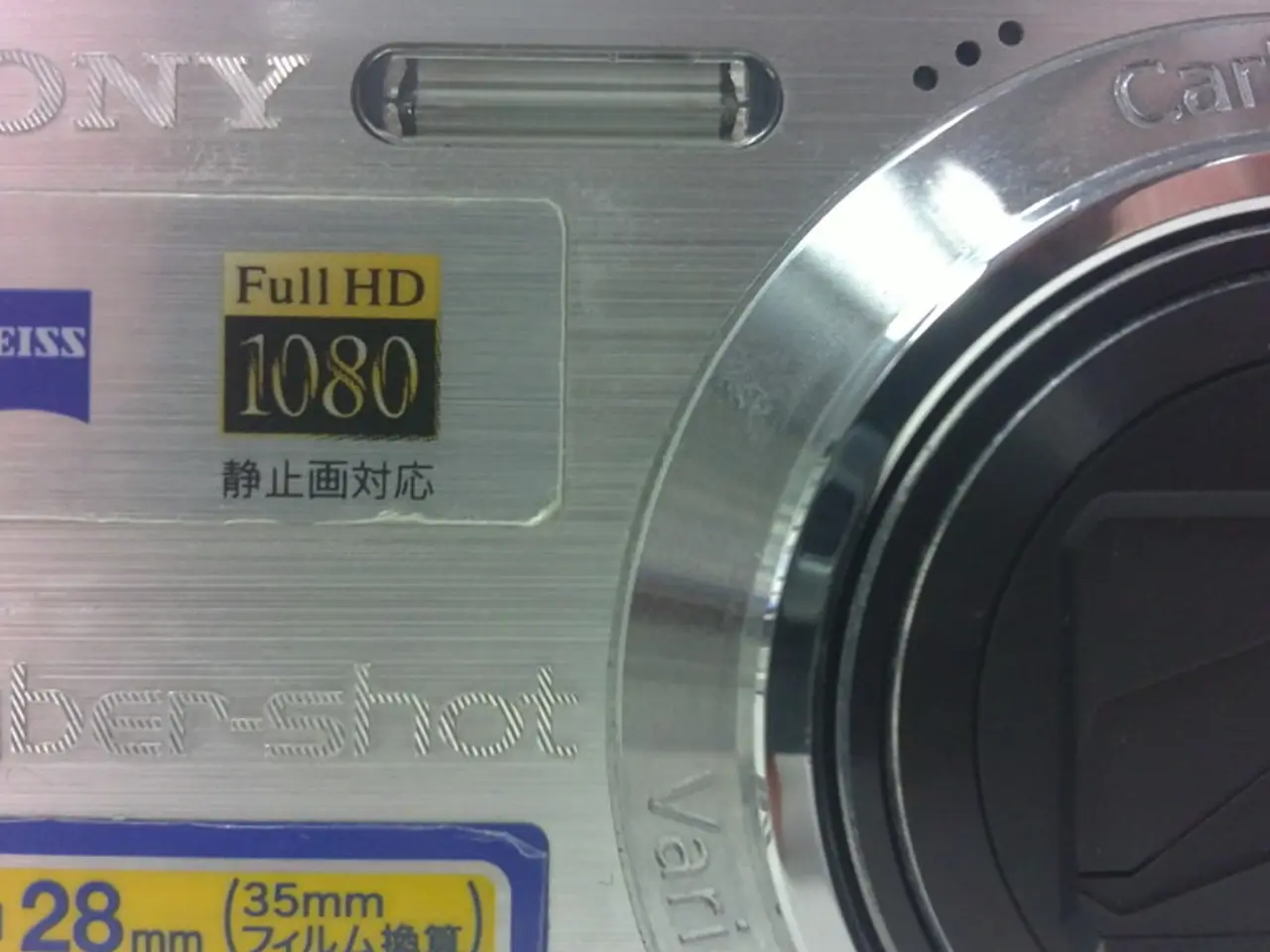I had ownership of the Sony RX1R II model, subsequently deciding to part ways with it. The upcoming RX1R III shows promising signs as a near-perfect upgrade.
In a significant leap forward, Sony has unveiled the RX1R III, a refined version of its popular RX1R II camera, ten years after the initial release.
The RX1R III boasts several key improvements and innovative features, starting with its high-resolution 61MP full-frame sensor, sourced from the Sony a7R series, and the advanced BIONZ XR processor, which promises enhanced image quality and improved processing speed.
Retaining the same fixed Zeiss Sonnar T* 35mm f/2 lens, the RX1R III now features AI-powered autofocus for faster and more accurate subject tracking. The camera sports a sleeker design with a flat top plate, replacing the pop-up electronic viewfinder (EVF) with a fixed EVF repositioned to the side.
The fixed EVF, while lower resolution than some Sony mirrorless cameras, provides a stable shooting experience, eliminating the risk of accidental EVF damage. The grip has been redesigned with new texture for better handling, and the rear touchscreen (3-inch) now supports a vertical shooting user interface.
Enhanced video performance includes 4K 10-bit 4:2:2 recording at up to 30 fps, Full HD at up to 120 fps for slow-motion, support for S-Cinetone, active stabilization, user LUTs, and expanded connectivity with USB-C, micro-HDMI, and microphone input.
The RX1R III addresses the issue of poor battery performance when batteries are left unused for a few days, with an estimated 520 shots per charge, more than double the approximate 220 shots of the previous model.
The new "Step Crop" modes simulate additional focal lengths—50mm (29MP) and 70mm (15MP)—offering more framing flexibility without changing lenses. Sony’s new “Creative Looks” film simulations emulate classic color negative, slide, and instant film stocks for artistic effect.
Despite these updates, the RX1R III maintains a similarly compact and pocketable size as its predecessor, prioritizing portability without significantly compromising performance. The camera retains a single SD card slot like the RX1R II, but the camera design removes the dedicated video record button to prevent accidental presses, though video recording can be assigned to customizable buttons.
The RX1R III's exterior is made of hard plastic, which should make it more durable compared to the RX1R II. The burst rate remains unchanged at about 5fps with AF, but the camera incorporates 73% more phase detection points for improved autofocus.
The RX1R III's higher resolution sensor may fill up memory cards more quickly compared to its predecessor, and its price tag of $5,099 / £4,199 reflects its premium status, representing a significant increase from its predecessor's launch price.
However, the RX1R III delivers on most of the gripes from the RX1R II and incorporates modern technology, making it an outstanding choice for photographers seeking a premium, compact full-frame camera.
[1] https://www.sony.com/electronics/dsc/cyber-shot/rx1r-iii [2] https://www.dpreview.com/reviews/sony-rx1r-iii [4] https://petapixel.com/2021/05/13/sony-rx1r-iii-review-a-premium-compact-camera-with-a-61mp-sensor/
The RX1R III incorporates modern technology, including an advanced BIONZ XR processor, which promises enhanced image quality and improved processing speed, making it a gadget that leverages cutting-edge technology.
Sony's new "Creative Looks" film simulations emulate classic color negative, slide, and instant film stocks for artistic effect, showcasing the camera's capabilities in the realm of technology and gadgets.




